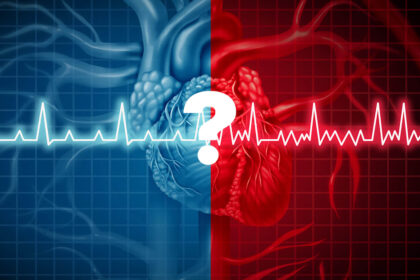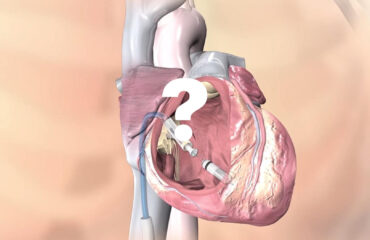
What is the electrical system of the heart?
Our heart has a system similar to the electricity grid of a city. In fact, the stimuli originating from the main center (sinus node) in the right atrium, after passing through an intermediate station (atrioventricular node) located between the atria and ventricles, with a short delay, are again spread to the ventricles by specialized conduction pathways. Thus, the electrical impulse produced in the main center is transmitted to all heart muscle cells, causing the heart to contract.
What causes disruptions in the heart’s electrical system?
Disruptions may occur in this normal warning and conduction system of the heart for various reasons. Sometimes, additional congenital pathways can cause short circuits in conduction and cause rapid heartbeats, which we call tachycardia. In addition, sometimes stimuli outside the control of the heart’s main warning center mentioned above may arise from any part of the heart and cause rapid beats.
What is the electrophysiological diagnosis method?
With the diagnostic method called electrophysiological study, electrical signals received directly from the heart with the help of thin wires called electrode catheters, which are passed through thin sheaths placed in the groin and / or neck through the vein, are evaluated by advanced computers and deviations from normal are investigated. In this way, it can be understood whether the heart’s main center warning system works well and whether the system that transmits the warnings can safely function. In patients with palpitations, which are mostly in the form of rapid beating, the causes of rapid beats, which are the cause of the patient’s complaint, are created with the stimuli given from these wires (2-4 according to the purpose of the study and the type of rhythm disorder) placed in the heart with special methods. Thus, if the presence of short circuits is detected, the flutter is completely treated by giving point energy with radio waves. Or, if a focus that creates the flutter is detected, it is eliminated by giving radio wave energy. This is called catheter ablation therapy. In this way, permanent treatment of most palpitations in the form of rapid heartbeat (tachycardia) has become possible today.
How does the electrophysiological diagnosis method affect the patient, how long does this application take?
You may feel palpitations when test impulses are given from inside the heart during electrophysiological study. Or, you may feel a similar feeling when heart palpitations, which is your main complaint, occur with the stimuli given to the heart. Sometimes it may be necessary to give an external electric shock to correct the rhythm in the form of rapid beat after stimulating it. Before giving the shock, you will not feel pain because most of the time you will be given drugs to put you to sleep.
Electrophysiological examinations for diagnostic purposes take 30-60 minutes. If a therapeutic intervention is required, this is a procedure that can take up to 1-4 hours.
Does the electrophysiological diagnosis method have a risk?
These transactions are basically low-risk applications. However, as with any transaction, it can bring some problems. The probability of death is very low. Rarely, during the procedure, fluid may leak between the pericardium due to the perforation of the heart muscle. Again, rarely, during therapeutic procedures (ablation) because the short circuit that causes palpitation is very close to the normal stimulation system of the heart, blocks may occur in the conduction system of the heart during radio wave energy administration. In such cases, permanent pacemaker implantation may be required.
Bleeding, subcutaneous blood leaks and associated swelling and pain may occur in 2-3% of the cases at the vein entry sites. However, in most cases, these do not cause significant problems and correct themselves.
Are there alternatives to the electrophysiological diagnosis method?
Data obtained by electrophysiological study cannot be obtained by any other diagnostic method. It is often used when other diagnostic methods are insufficient.
What is catheter ablation, when and how is it applied?
Catheter ablation is the treatment of rhythm disorder by giving radio waves. This method is applied in rhythm disorders that cannot be controlled with drugs or if patients do not want to take drugs for life. In some cases, the rhythm disturbance can be so significant that it can be life-threatening. In such cases, direct catheter ablation may be required. The procedure is basically performed under local anesthesia by numbing the needle entry points, and in some cases under general anesthesia. You may be given a sedative medication to make you feel comfortable during the procedure. To prevent bleeding after the procedures, you should lie down for a few hours without moving your legs.
What is the success rate of the catheter ablation method?
The probability of success in the treatment of rhythm disorders in the form of rapid beating of the heart with catheter ablation varies between 70-95%, depending on the type of palpitation targeted for treatment and the location of the short circuit. Success is understood as the treatment of palpitations never to happen again. The probability of recurrence of palpitations after successful administration varies according to the type of arrhythmia. For example, this probability is between 5-8% in palpitations due to short circuits in the heart.





